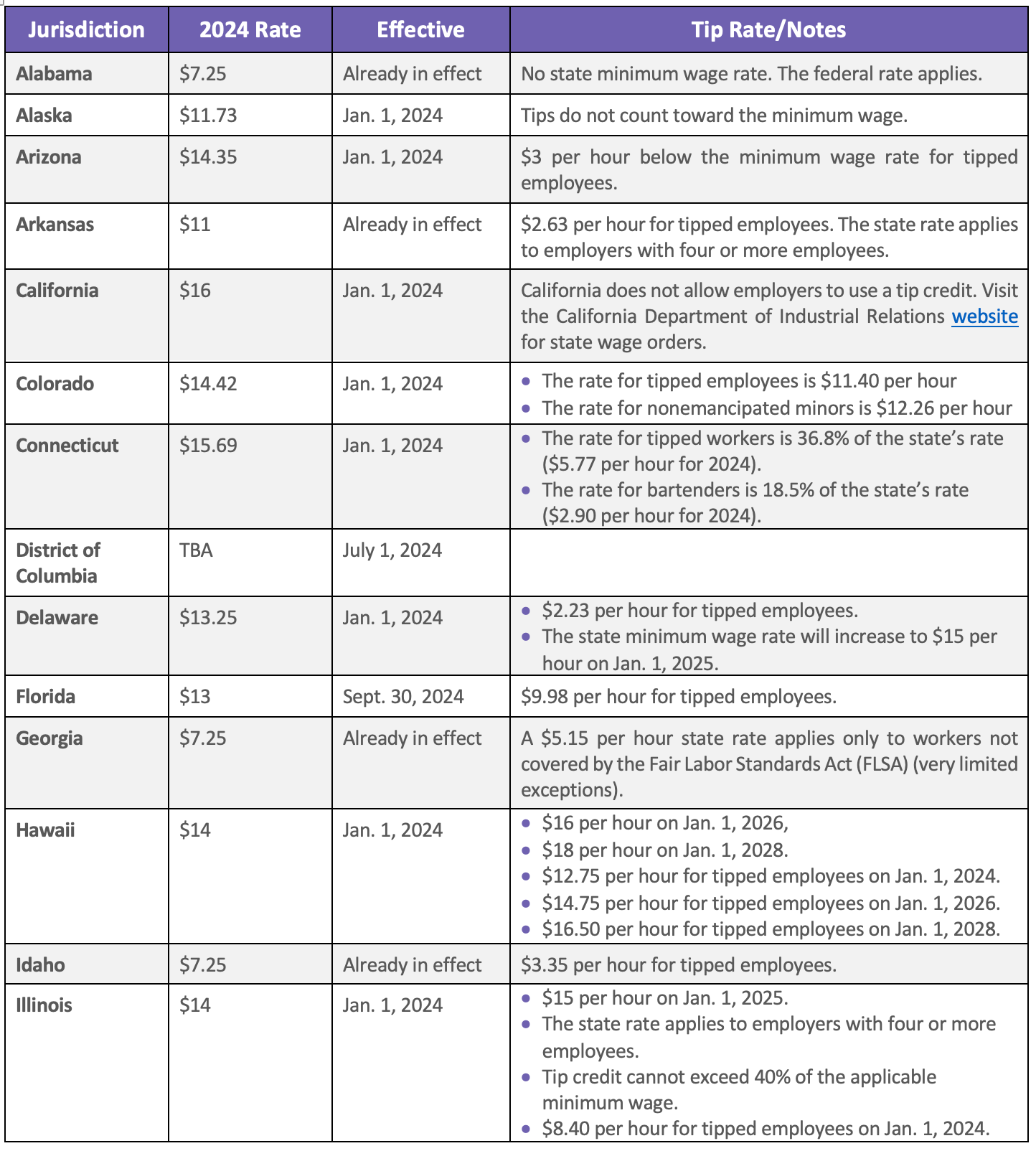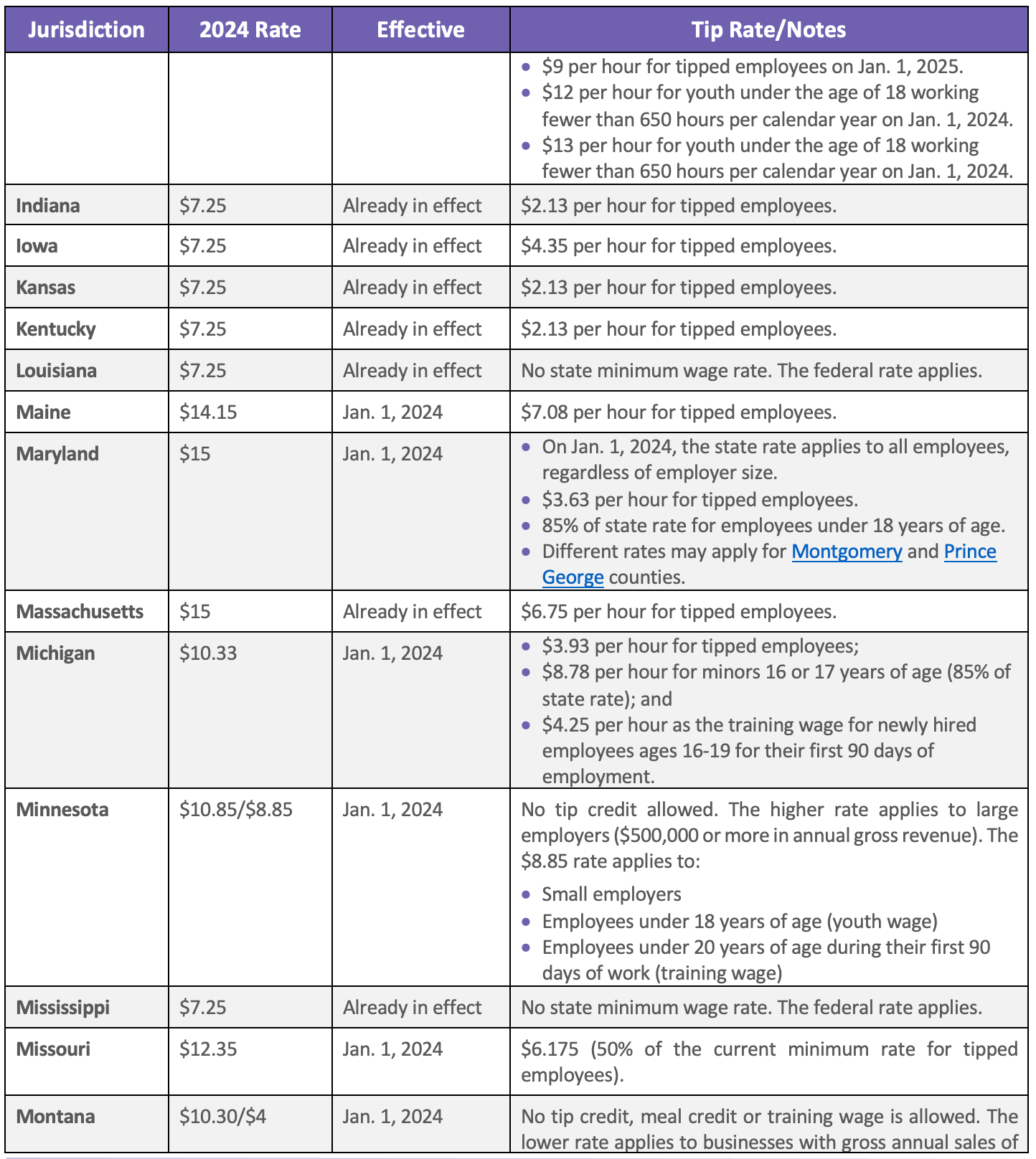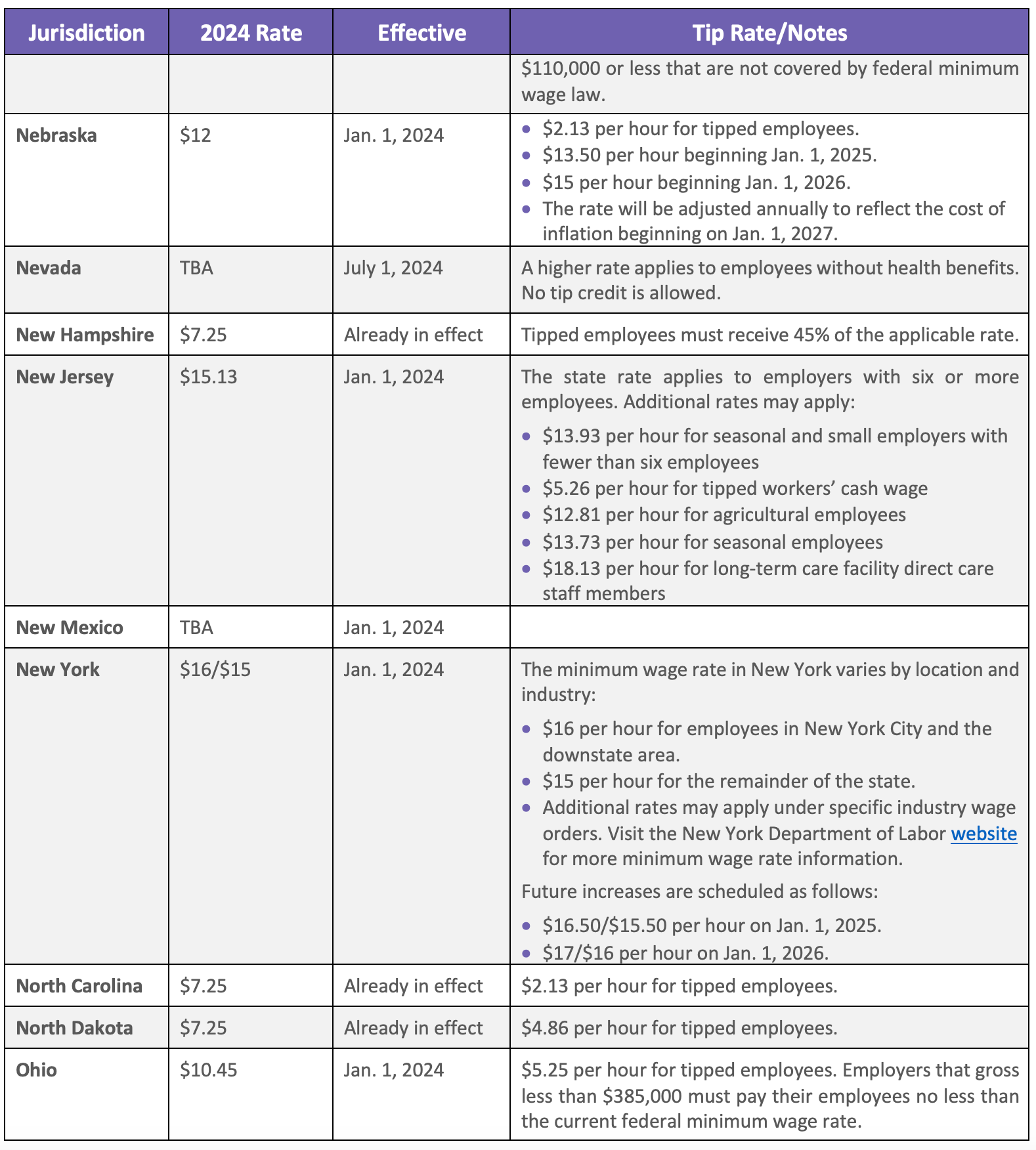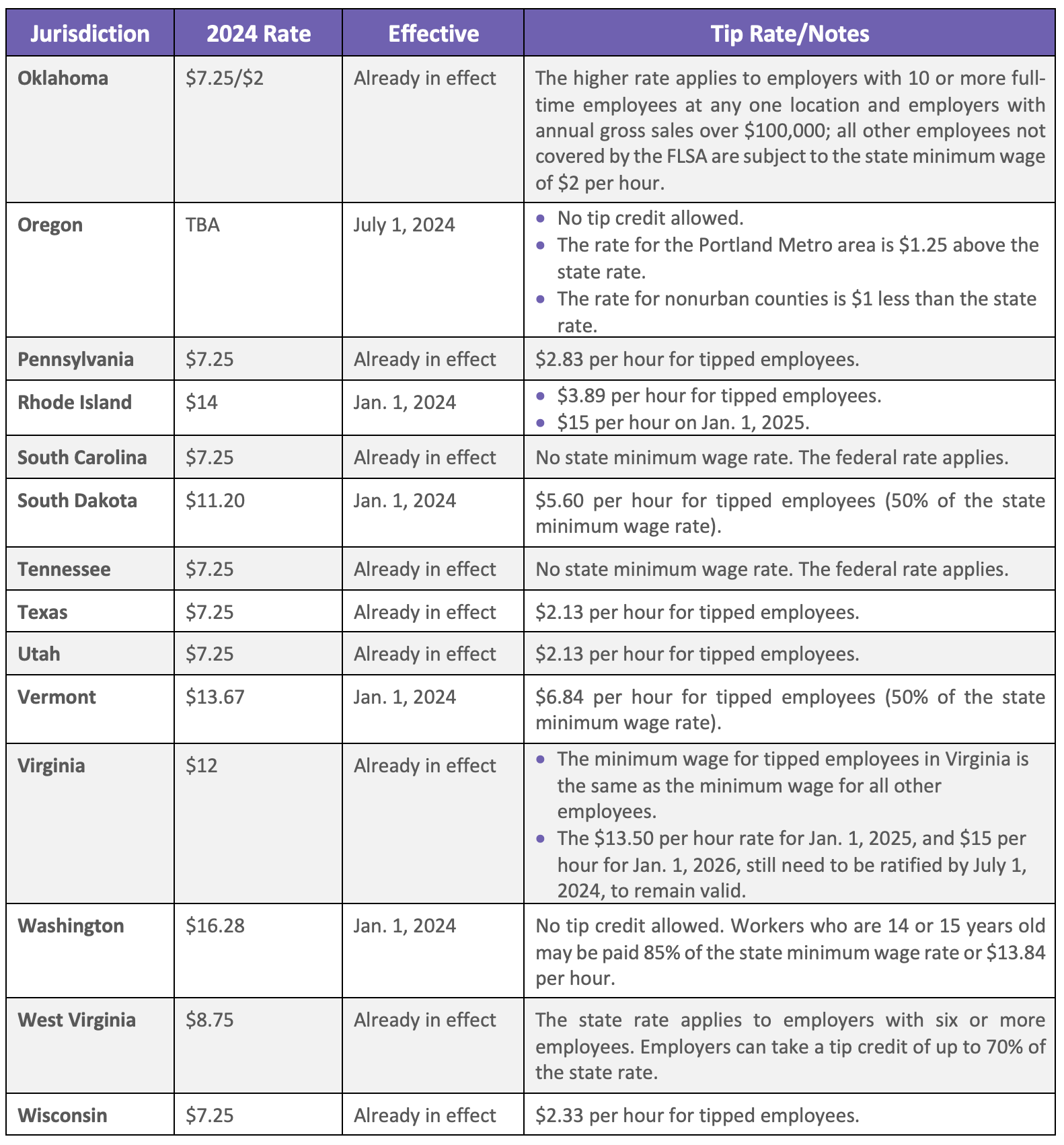29 Apr, 2024
The recently enacted New York budget for fiscal year 2024-25 includes provisions mandating paid prenatal leave for the state’s workers, beginning Jan. 1, 2025, and repealing the New York COVID-19 sick leave law, effective July 31, 2025. Paid Prenatal Personal Leave The budget amends the state sick leave law by adding what is being touted as a first-in-the-nation requirement that all employers provide their employees with 20 hours of paid prenatal personal leave per 52-week period, starting Jan. 1, 2025. The amendment does not require employees to accrue the new leave, nor does it impose a waiting period before employees may use the leave; the full 20 hours must be made available on Jan. 1, 2025. Employees on leave must be paid their regular rate of pay or minimum wage if the applicable minimum wage is higher; however, employers are not required to pay out unused prenatal personal leave when an employee separates from employment. Permitted Uses of Prenatal Personal Leave Prenatal personal leave may be taken for health care services received by an employee during their pregnancy or related to the pregnancy, including physical examinations, medical procedures, monitoring and testing, and discussions with a health care provider related to the pregnancy. The new provisions do not require advance notification or documentation after the fact for using leave. Interaction With Paid Sick Leave and FMLA Leave The new requirement is in addition to the annual sick leave the law already mandates, which ranges from 40-56 hours and may be paid or unpaid, depending on the employer’s size and income. The amendment does not indicate that the leave runs concurrently with any federal Family and Medical Leave Act (FMLA) leave taken for prenatal care, meaning the state prenatal personal leave would be in addition to any FMLA leave taken for this purpose. Sunset Date for COVID-19 Leave The budget also establishes July 31, 2025, as the expiration date for New York’s COVID-19 employee sick leave law . The law took effect at the beginning of the COVID-19 pandemic, on March 18, 2020, and requires leave of up to 14 days, depending on the size and income of the employer. As with the regular sick leave law, whether leave must be paid also depends on the size and income of the employer. The sunsetting of the law comes in the wake of expired states of emergency and changed recommendations for isolation and quarantine. Steps for Employers New York employers should prepare for the start of paid prenatal personal leave in January 2025 and watch for any agency regulations and guidance implementing the new leave entitlement. Employers should also train managers and supervisors about the new requirements and make sure employee policies and handbooks are up to date. Employers should continue to allow COVID-19 sick leave when it applies and keep in mind that other leave requirements, such as paid sick leave, may allow employees to take time off from work for illness, including COVID-19.












